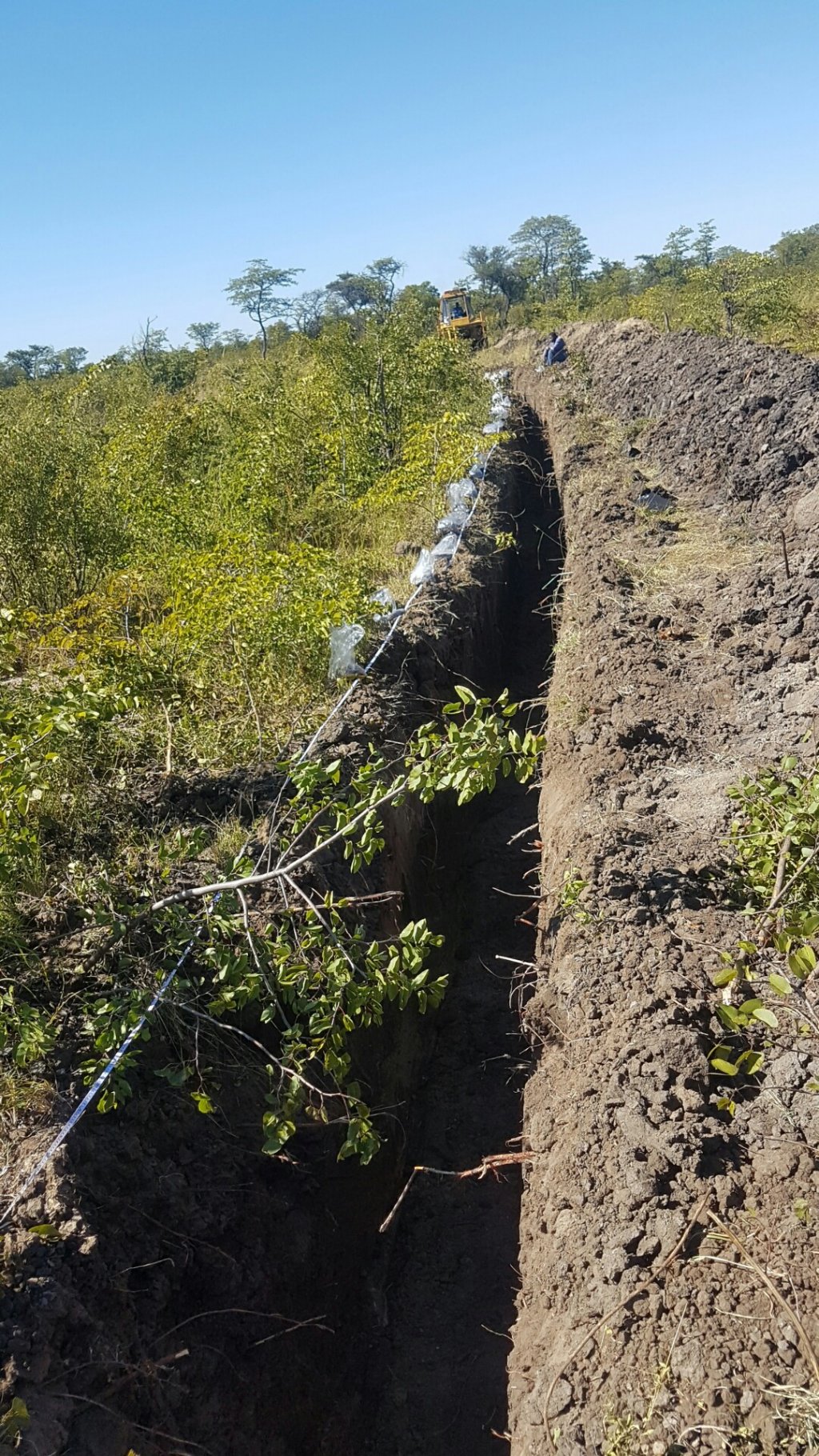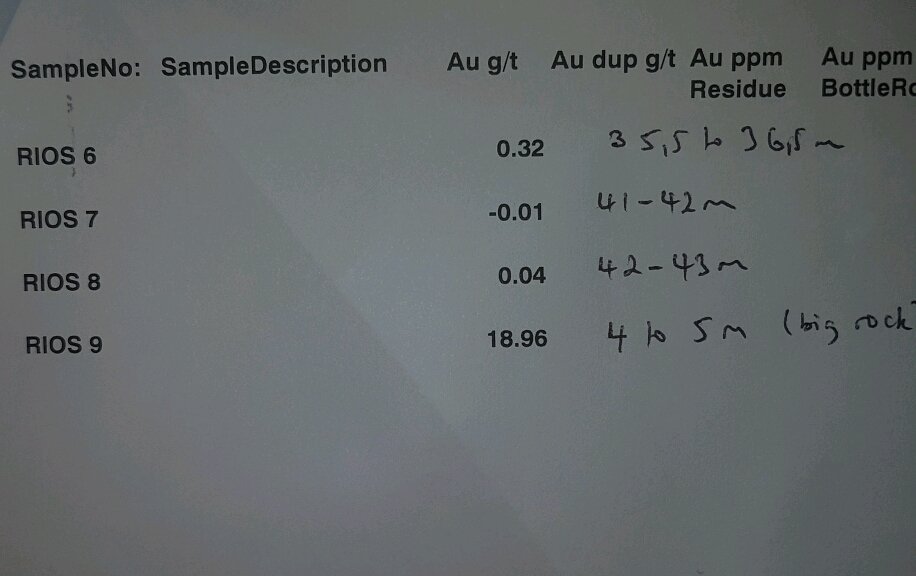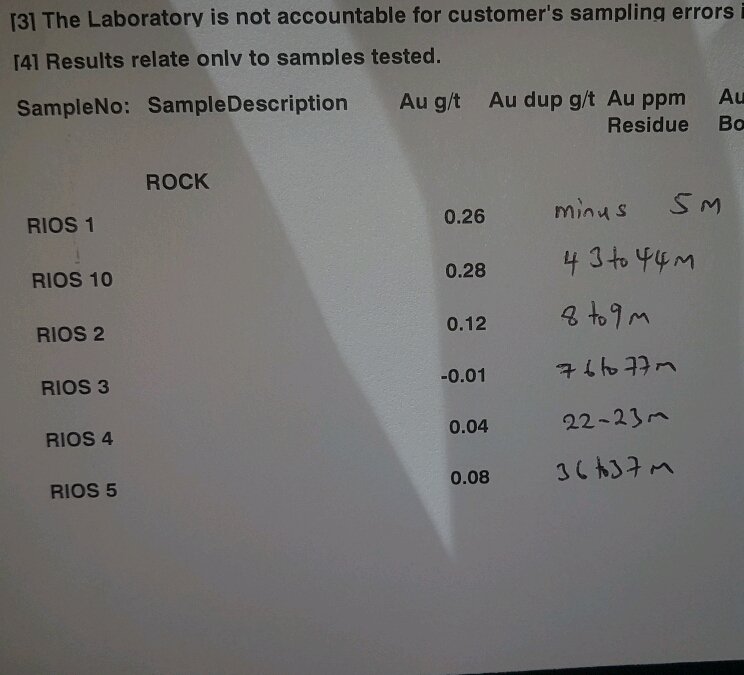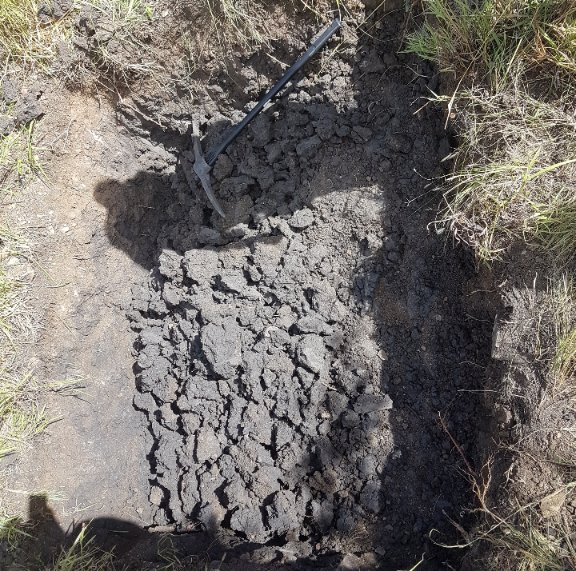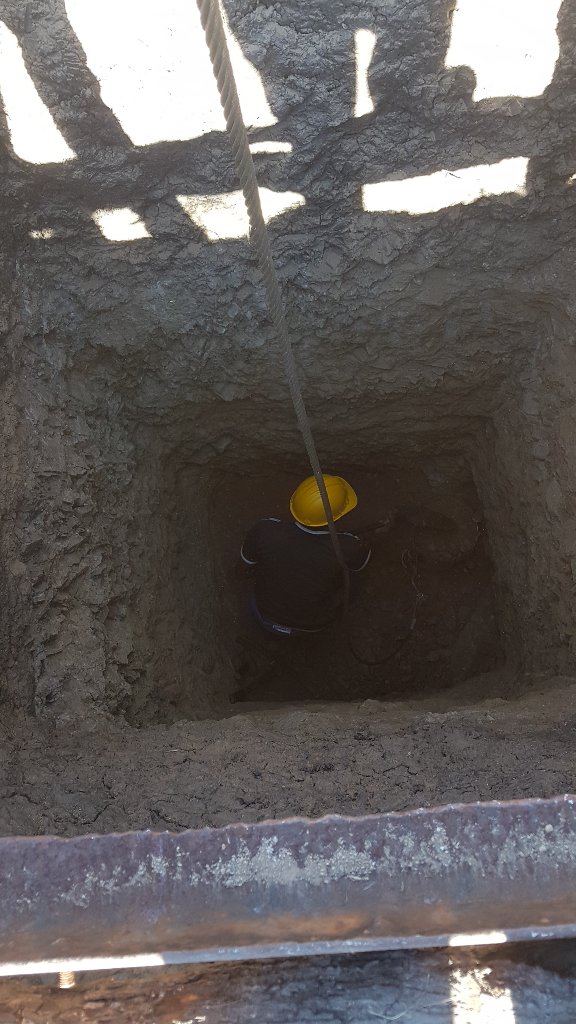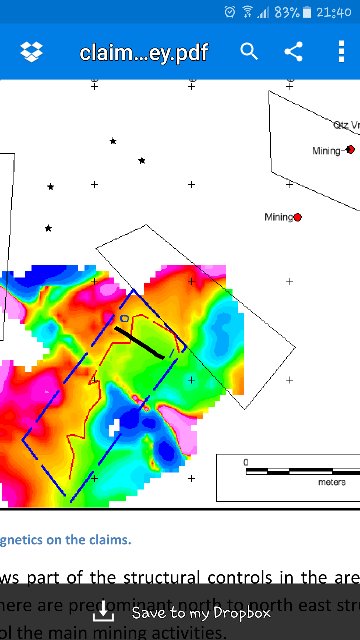Hi Rios,
Great story!
I'm a newcomer to this forum but I'm actually an Exploration Geo so might be able to help you out a bit. Firstly can I ask what your own background is, so I don't go off on a technical rant that you might not understand...

Btw, what SWright above is pretty much on the money. IP is a technique much more suited to base metal exploration where continuous, conductive sulphides are highlighted by the technique. It is less useful in gold. However it lights up all conductive horizons, so in the geological setting in your case, it could also highlight structures filled with graphite (Very electrically conductive. Think batteries).
These structures can be the conduit for mineralising fluids (ie. the path along which the gold-carrying fluids flowed). Gold reefs are commonly found in the hangingwall of significant structures which have the right geological setting. And it does seem like you're in one judging by the working NE along strike from your lease.
Before I go any further, can you tell me exactly how you took the samples from the trench?
And what was the orientation of the trench in relation to the projected strike position of the reef that your neighbours are mining?
If there's anything in this post that you don't understand (hence my question above), just reply and I'll explain :Y:




